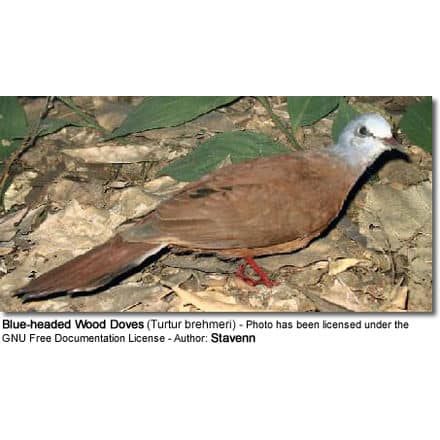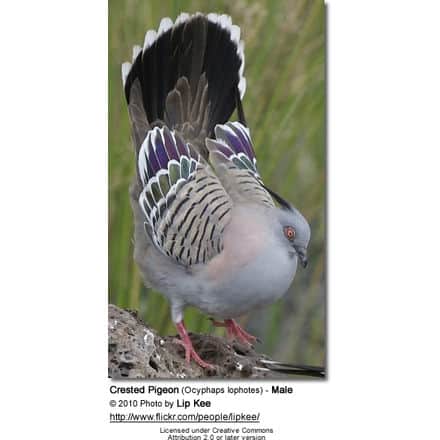Mexican Chickadee (Parus sclateri)
The Mexican Chickadee, Parus sclateri or Poecile sclateri, is a small songbird, a passerine bird in the tit family Paridae.
Description
Adults of both sexes have a black cap, white cheeks, and a short black bill. Their backs and flanks are gray and they have paler grayish underparts.
Similar in appearance to the Black-capped Chickadee and Mountain Chickadee, the Mexican Chickadee can be distinguished by its longer black bib, which extends from its chin down onto its upper breast. A whitish band below the bib extends down the center of the belly.
The typical adult wingspan is 7.25 inches (18.4 cm), and their overall length is 5 inches (12.7 cm).
Distribution / Range
Mexico’s only chickadee is a permanent resident of wooded highlands, and its range extends north into southern Arizona and New Mexico.
Although primarily nonmigratory, Mexican Chickadees sometimes fly to lower elevations during the cold of winter. They travel in pairs or small groups, and may join multi-species feeding flocks.
Call / Vocalization
The Mexican Chickadee’s song is distinct from other chickadees; it is a complex burry trilled whistle of chischu-wur and a rich cheelee.
Breeding / Nesting:
The nest is constructed by the female in a snag or tree 5 to 45 feet above the ground, and consists of grasses, moss, strips of bark, and is lined with animal fur.
She lays between 5 and 8 ovate white eggs, marked with fine reddish brown spots.
Their breeding biology is not well known, but it is estimated that eggs are incubated for 11 to 14 days by the female, and the altricial young fledge in 18 to 21 days.
Taxonomic note: Most authorities retain Poecile as a subgenus within a broader view of the genus Parus, but the American Ornithologists’ Union treats Poecile as a distinct genus.





